

- RFQ
- BOM
-
Contact Us
Tel: +86-0755-83501315
Email: sales@sic-components.com
- Chinese
- English
- French
- German
- Portuguese
- Spanish
- Russian
- Japanese
- Korean
- Arabic
- Irish
- Greek
- Turkish
- Italian
- Danish
- Romanian
- Indonesian
- Czech
- Afrikaans
- Swedish
- Polish
- Basque
- Catalan
- Esperanto
- Hindi
- Lao
- Albanian
- Amharic
- Armenian
- Azerbaijani
- Belarusian
- Bengali
- Bosnian
- Bulgarian
- Cebuano
- Chichewa
- Corsican
- Croatian
- Dutch
- Estonian
- Filipino
- Finnish
- Frisian
- Galician
- Georgian
- Gujarati
- Haitian
- Hausa
- Hawaiian
- Hebrew
- Hmong
- Hungarian
- Icelandic
- Igbo
- Javanese
- Kannada
- Kazakh
- Khmer
- Kurdish
- Kyrgyz
- Latin
- Latvian
- Lithuanian
- Luxembou..
- Macedonian
- Malagasy
- Malay
- Malayalam
- Maltese
- Maori
- Marathi
- Mongolian
- Burmese
- Nepali
- Norwegian
- Pashto
- Persian
- Punjabi
- Serbian
- Sesotho
- Sinhala
- Slovak
- Slovenian
- Somali
- Samoan
- Scots Gaelic
- Shona
- Sindhi
- Sundanese
- Swahili
- Tajik
- Tamil
- Telugu
- Thai
- Ukrainian
- Urdu
- Uzbek
- Vietnamese
- Welsh
- Xhosa
- Yiddish
- Yoruba
- Zulu
- Kinyarwanda
- Tatar
- Oriya
- Turkmen
- Uyghur
SID103 Series: An Excellent Choice for Ultra-Low Power Operational Amplifiers
Nowadays, electronic devices are getting more and more competitive in terms of being smaller and more power-efficient, and as a core component, operational amplifiers are naturally facing higher performance requirements. The SID103 series is really amazing, especially when it comes to ultra-low power consumption—it's totally nailed it. Each channel only draws 300nA of current and can work with a minimum voltage of 1.4V. For battery-powered devices like smart bracelets and standalone sensors, it can maximize battery life, significantly reducing how often you need to replace batteries. It's just super convenient to use.
What's more, it achieves rail-to-rail input and output, so the signal range can get close to the power rails. It's incredibly accurate when processing small signals, with barely any distortion. For those weak signals from sensors, amplifying and conditioning them with this thing means you don't have to worry about precision at all. The maximum offset voltage is only 2.5mV, and the temperature drift is just 1.2μV/℃. No matter how the temperature fluctuates, the output stays rock solid. It's perfect for scenarios like environmental monitoring and precision measurement. The input offset current is as low as 1pA, which is a total lifesaver for sensors with tiny current signals. It won't interfere with the signals, making the measured data much more reliable.
Admittedly, its gain bandwidth product is only 5kHz, which can't compare with high-speed models, but in the low-power fields it excels at, it's more than enough. Even with a 500pF capacitive load, it remains as stable as anything under unity gain, making circuit design a lot easier. The most surprising part is the built-in EMI filter. With the electromagnetic environment being so messy these days, having this feature boosts its anti-interference capability significantly. It's totally reliable for use in places with high electromagnetic compatibility requirements, like medical equipment and industrial control systems.
There are also plenty of package options. Single-channel ones like SOT-353 and SOT23-5 are tiny, so fitting them into wearable devices is a breeze. There are also dual-channel and quad-channel packages, which can reduce the number of chips used, saving space and money. They're really handy for systems that need to handle lots of signals, like industrial automation setups.
When it comes to application scenarios, there's no shortage. It can amplify signals from heart rate and temperature sensors in wearable devices. For IoT sensor nodes powered by batteries, using this can make them run for months or even years without maintenance. It can handle those ultra-weak signals from pyroelectric sensors, ensuring no false alarms or missed detections in security and smart home human detection systems. It can also accurately convert current signals in power management and motor drive current sampling. In smoke alarms, it can keep the battery going for years with strong anti-interference, making it really safe.
Honestly, SIC Electronic thinks the SID103 series is really impressive in terms of low power consumption and high precision. Electronic engineers designing related devices can't go wrong with it—it's got both performance and practicality down.
https://www.sic-components.com/

Hot Products
View MoreRelated Blogs

2000+
Daily average RFQ Volume

30,000,000
Standard Product Unit

2800+
Worldwide Manufacturers

15,000 m2
In-stock Warehouse






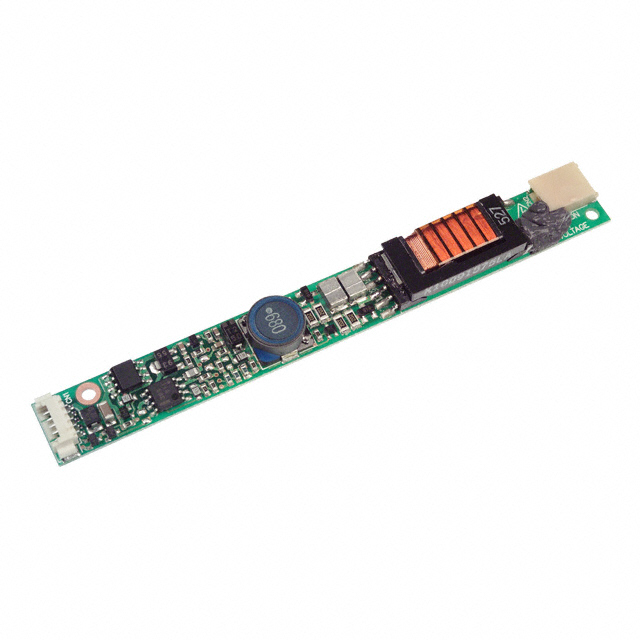
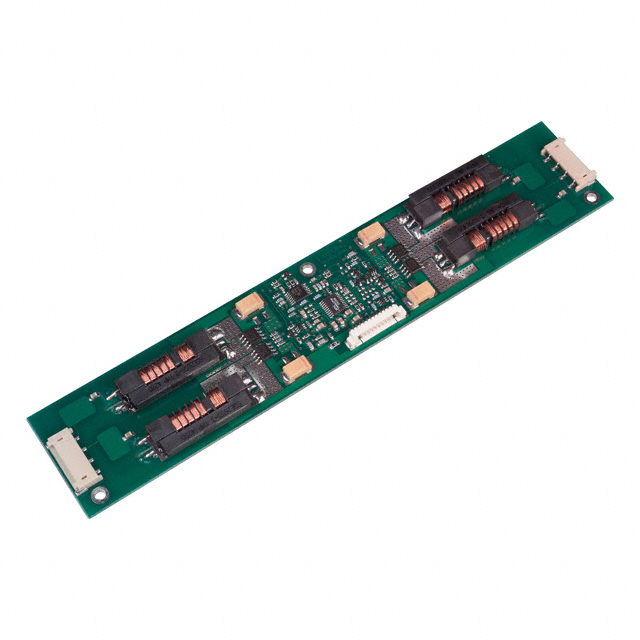
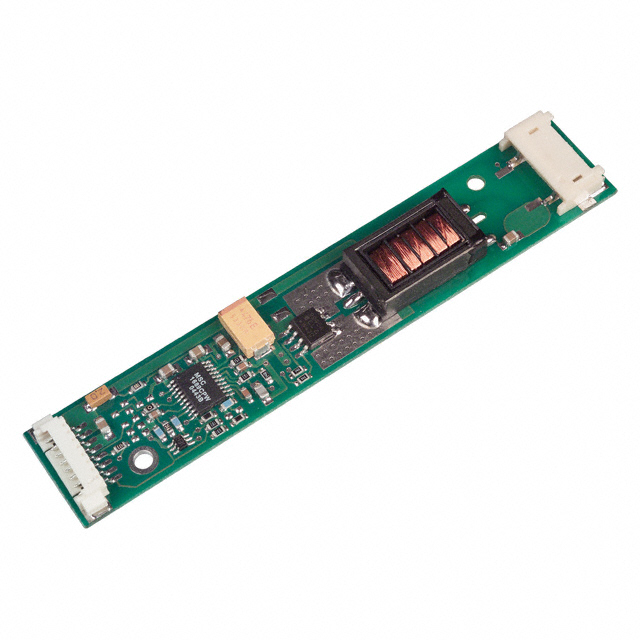

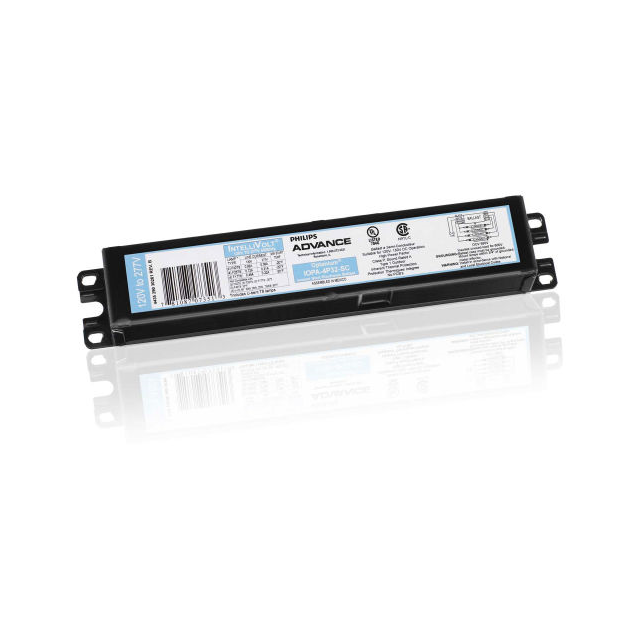
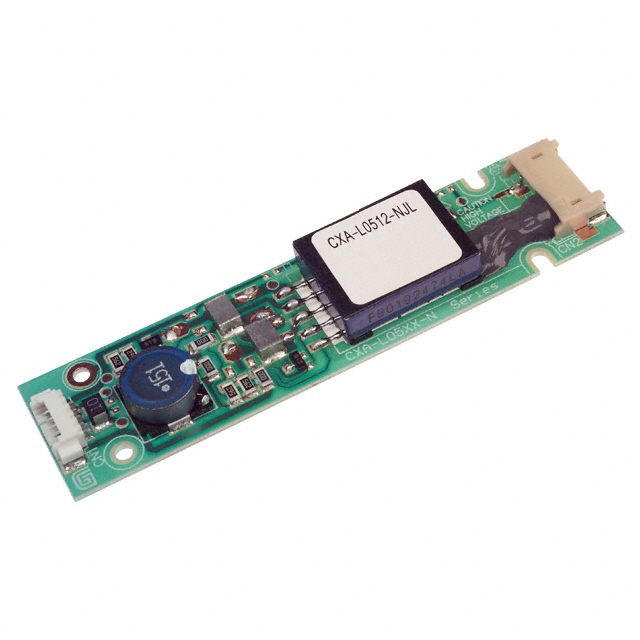
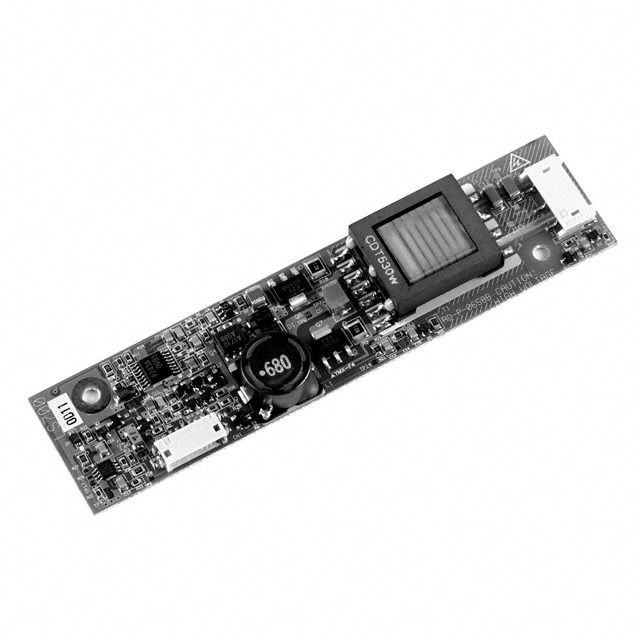



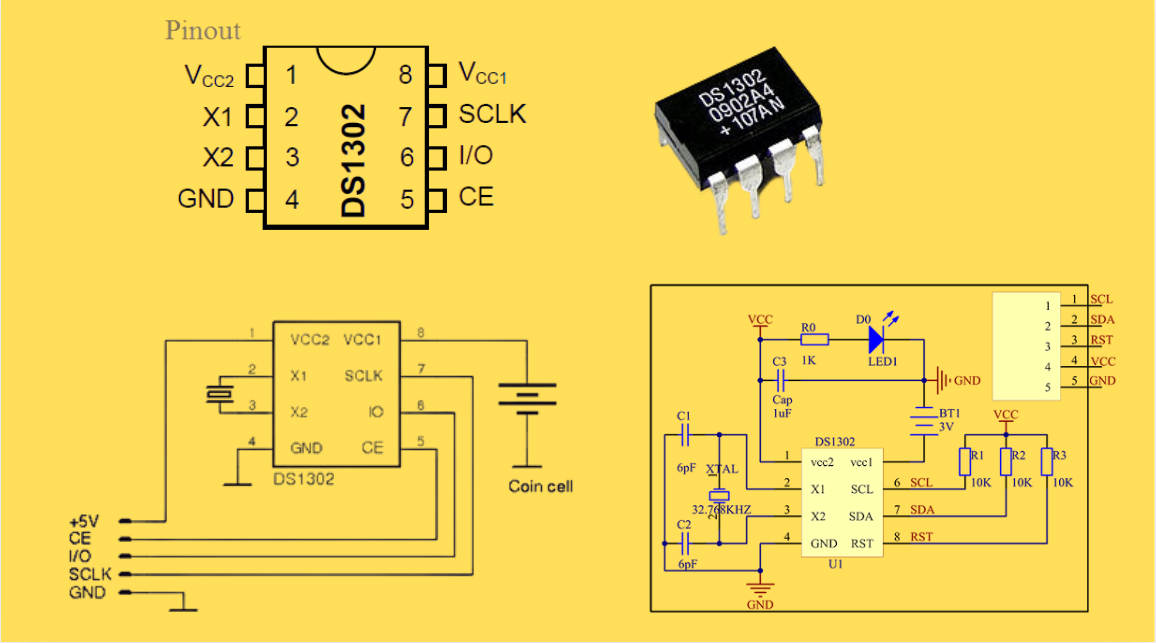

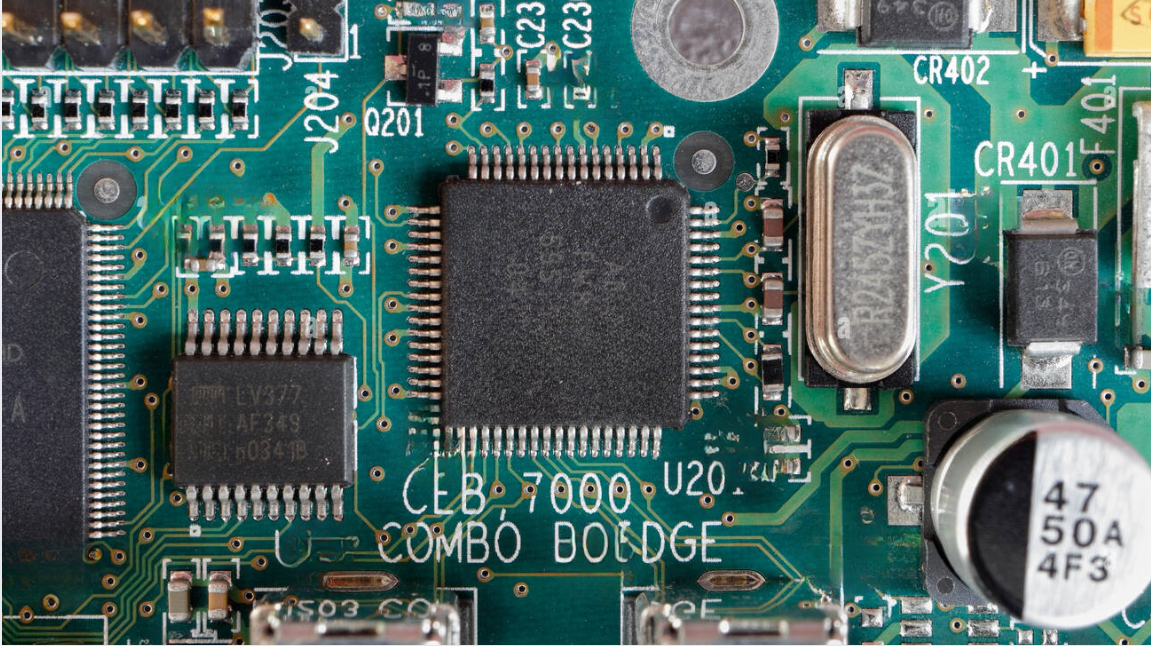
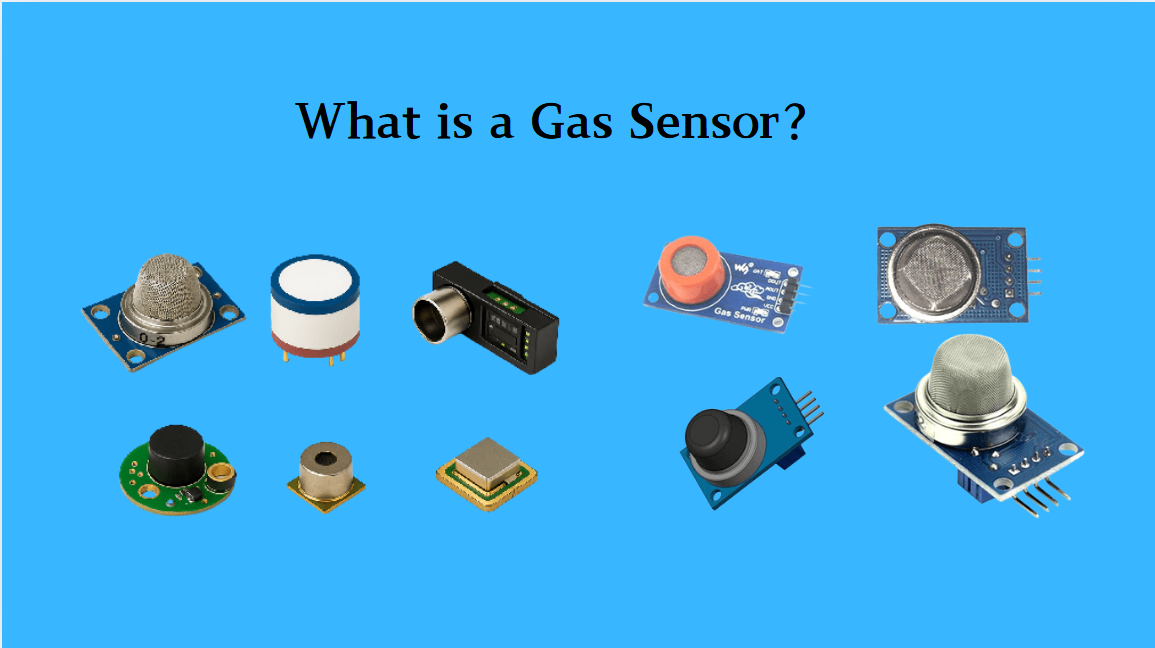



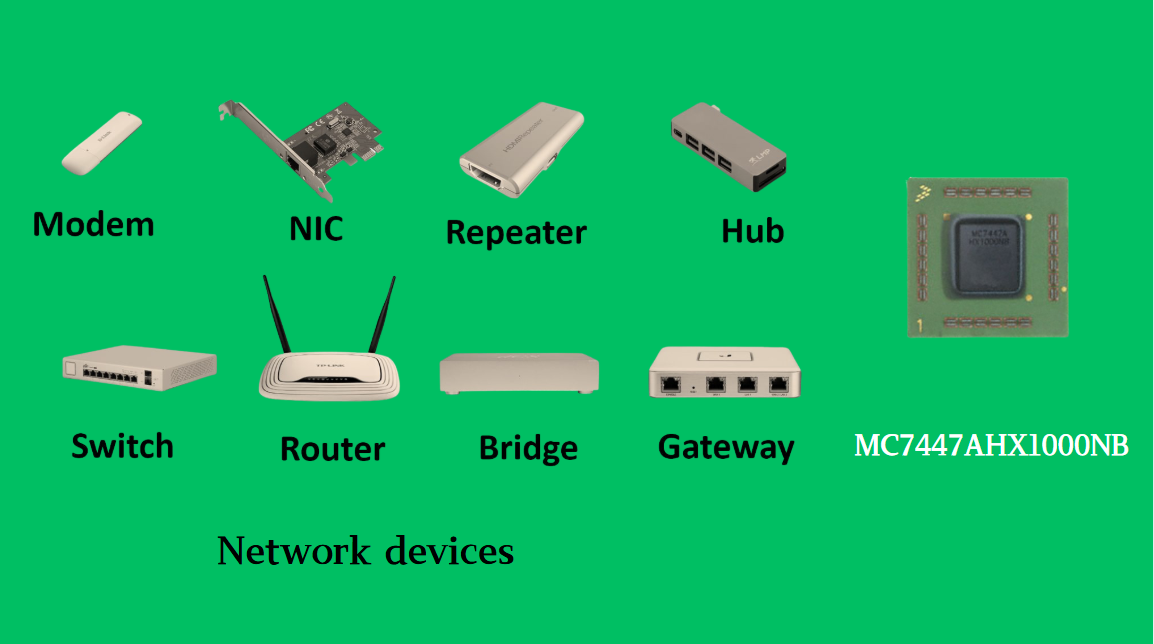
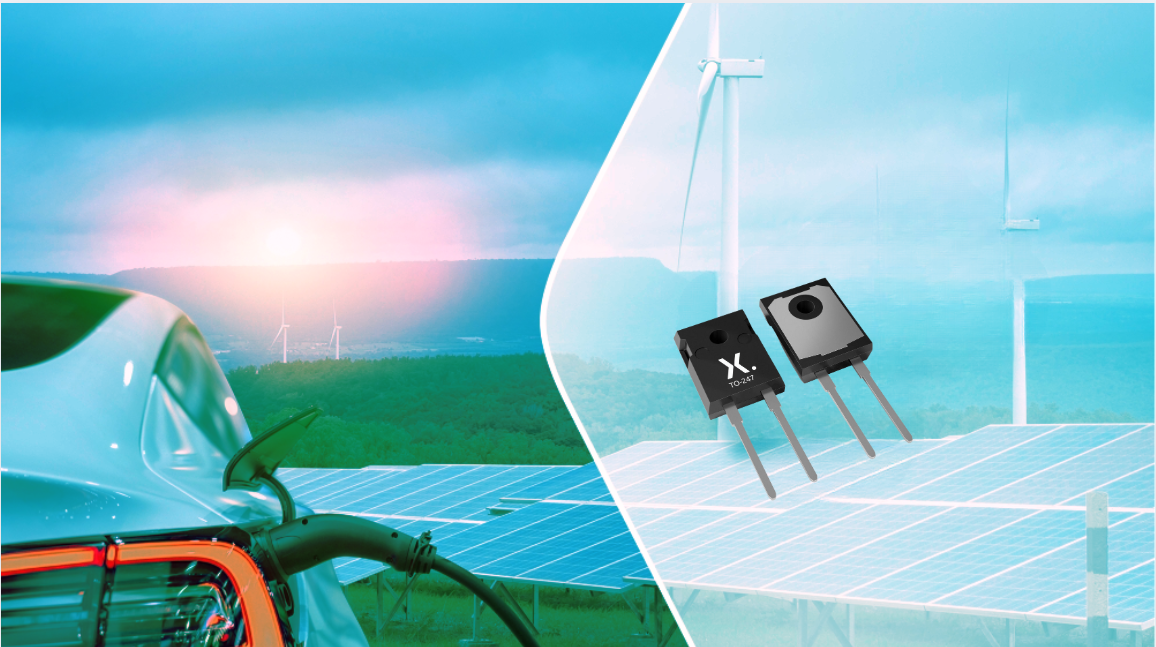
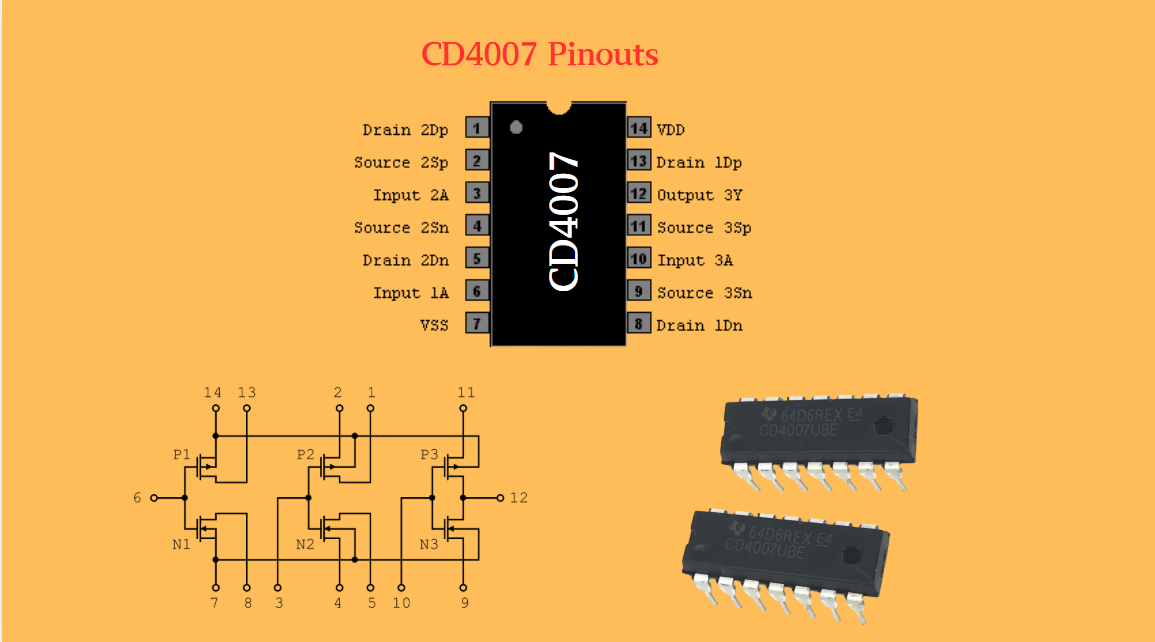
 Wishlist (0 Items)
Wishlist (0 Items)